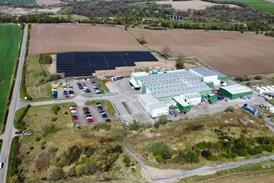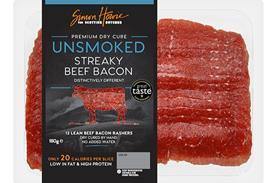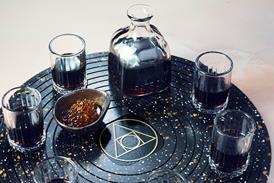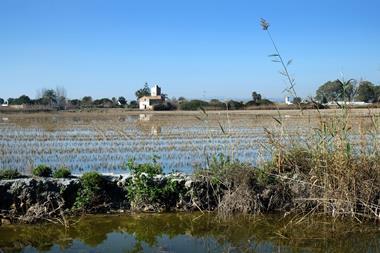English asparagus may soon become more than just a seasonal treat, if research from the world's largest experimental plot yields results.
The first year of trials had already unearthed some much sweeter varieties than those commonly used, said Paul Taylor, chairman of breeder Hargreaves Plants, which runs the plot. He predicted that English asparagus would soon be identified by variety because of the widening difference in taste and colour. He also hopes to extend the season beyond May and June.
The findings of the 183-variety trial also challenge the dominance of the two green Dutch varieties, Backlim and Gijnlim. Jaime Petchell, responsible for the commercial aspect of the trials, said that many of the new varieties are "a world away in terms of taste".
One hybrid in particular, Pacific 2000, is showing commercial promise. Over the next year Hargreaves will extend its understanding of the top varieties by recording the volume of first-class marketable crop harvested, Brix levels, and shelf life.
"There are a significant number of improved cultivars available, and more to come," said Taylor. "If you use the comparison with soft fruit you should, and could, conclude that to see and maintain growth in asparagus, profitable points of difference are prerequisites.
"I would expect UK and EU consumption to rise hugely over the next five to 10 years and asparagus to be commonplace on most dinner tables. As ever, it will be the innovators who will benefit most."
However, with the crop now at the fern stage when the crowns build up carbohydrate levels that dictate the 2007 yield, there were fears over the impact of the current weather from US specialist Professor David Drost of the University of Utah.
"Due to the hot summer, I foresee the damage has already been done, because the bud size is small."
The first year of trials had already unearthed some much sweeter varieties than those commonly used, said Paul Taylor, chairman of breeder Hargreaves Plants, which runs the plot. He predicted that English asparagus would soon be identified by variety because of the widening difference in taste and colour. He also hopes to extend the season beyond May and June.
The findings of the 183-variety trial also challenge the dominance of the two green Dutch varieties, Backlim and Gijnlim. Jaime Petchell, responsible for the commercial aspect of the trials, said that many of the new varieties are "a world away in terms of taste".
One hybrid in particular, Pacific 2000, is showing commercial promise. Over the next year Hargreaves will extend its understanding of the top varieties by recording the volume of first-class marketable crop harvested, Brix levels, and shelf life.
"There are a significant number of improved cultivars available, and more to come," said Taylor. "If you use the comparison with soft fruit you should, and could, conclude that to see and maintain growth in asparagus, profitable points of difference are prerequisites.
"I would expect UK and EU consumption to rise hugely over the next five to 10 years and asparagus to be commonplace on most dinner tables. As ever, it will be the innovators who will benefit most."
However, with the crop now at the fern stage when the crowns build up carbohydrate levels that dictate the 2007 yield, there were fears over the impact of the current weather from US specialist Professor David Drost of the University of Utah.
"Due to the hot summer, I foresee the damage has already been done, because the bud size is small."


















No comments yet